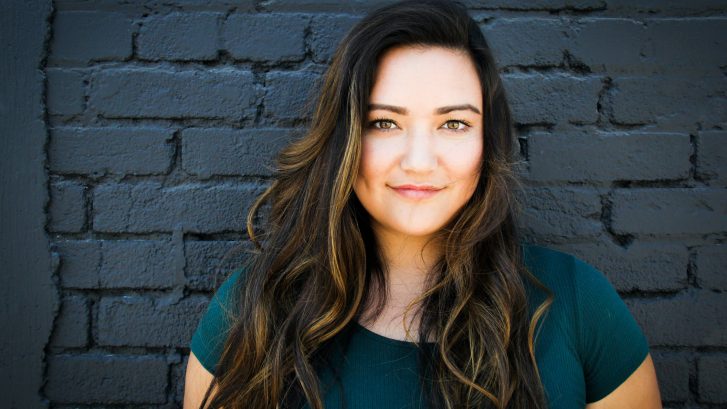Facial Facts: Understanding the Process of Scar Removal
The world in which we live can be an unpredictable place at any given time. No matter how many precautions you may take, you are bound to stumble at some point in your life. Accidents can happen at any given moment and when they do occur, it tends to leave a mark in more ways than one.
Even after you heal from an injury or abrasion, you may have lingering scars that remind you of the incident. In order to ease your mind and erase the evidence of past skirmishes, consider the art and science of scar revision.
Before we can delve into the finer points of aesthetic improvement, we should define our terms. After all, in order to treat an issue, you must understand it at its very root source.
WHAT IS A SCAR?
The human body is both resilient and vulnerable at the same time. Our skin acts as a suit of armor, but when it gets pierced, a complex series of physiological events immediately occur. When the skin is broken, the body reacts by producing a rush of collagen. Collagen is the most prevalent protein in the human body, responsible for the skin’s health and maintenance, not to mention the support of everything from blood vessels to bone structure.
As collagen flows over the location of a wound, it patches up the damages. This newly formed skin is created quite hastily, so it will invariably look quite different than its surrounding flesh. The resulting appearance is known as scar tissue and it can disrupt the natural attractiveness of your skin.
TYPES OF SCARS
The surface of your skin responds to the influx of collagen in a number of different ways. You may notice that some scars are reddish in hue and slightly elevated in relation to the plane of the skin. These are known as hypertrophic scars. When the scar tissue grows beyond the surface of the skin by 4 millimeters of more, it is called a keloid scar.
Acne scars are unique in that they may actually delve below the plane of the skin, appearing as divots or depressions. On the other end of the spectrum, contracture scarring occurs after severe burns or extensive loss of tissue. The body does its best to heal itself, but contracture scars are quite pronounced and can even limit your range of motion due to its tightness connected to the skin.
LET THE TREATMENT FIT THE INJURY
In order to strategize the best way to minimize a scar, we must assess its dimensions and characteristics. Acne scars, for example, may be subtle and elusive. In order to bring balance back to the area, it may be advisable to treat the skin from within the scar.
Dermal fillers do precisely what their name suggests: they fill gaps below the surface of the skin. Using either collagen or hyaluronic acid, your doctor can elevate the depression left behind by acne scars. The resulting appearance is level and even. The only drawback to dermal fillers is that they are temporary in nature. You may need to replenish the healing power of certain fillers after 9-12 months.
For a more permanent solution to scar tissue, you may want to consider the surgical approach. Scars are formed when the rush of collagen to the area moves too rapidly to acclimate itself with its surrounding tissue. Your doctor can gently remove the scar tissue and bring the folds of your skin together with a pleasing aesthetic. Surgeons often use the Z-Plasty approach with scar removal. The procedure gets its name from the shape of its incision. By creating a zigzag pattern along the area of scarring, your doctor will remove the unwanted tissue and close the incision skillfully. Z-Plasty celebrates your skin’s elasticity by employing a concealed incision that moves naturally within you.
Depending on the nature of the scar, a W-Plasty technique may be more beneficial for you. If your scar tissue persists along visible areas on your face, then you want your reconstructive remedy to honor the flow of your features. The face presents a series of relaxed skin tension lines, or RSTL for short. If you alter a patch of skin along the RSTL domain, the resulting appearance might be too perfect when compared with its surroundings. W-Plasty scar removal takes RSTLs into consideration. The W-shaped incision breaks up scars, thereby minimizing their appearance. As your surgeon sutures the incision closed, he or she does so with your facial movements in mind. Your expressions will continue to look natural, rather than being restrained by an overly constrictive reconstruction surgery method.
In some cases, scars may not require surgery at all. Your doctor may be able to dull the redness of a scar by treating it with a silicone gel sheet. You may also be able to rid yourself of unwanted blemishes with the power of laser resurfacing. A concentrated beam of light focuses on discolorations by targeting the aberrant hues of your scar tissue. The laser heats the scar and promotes a gradual flow of increased collagen production in the affected area. This collagen won’t result in further scarring due to the controlled nature of laser resurfacing.
Chemical peels and dermabrasion also work wonders at minimizing the appearance of scars. By treating your complexion with powerful compounds or exfoliating pressure, your doctor can lift and remove the majority of scar tissue, restoring the radiance of your skin.
HEALING HANDS
After reading about the subtle differences between keloid scars and hypertrophic scars, you may be analyzing your features and squinting in the mirror trying earnestly to characterize your complexion. Luckily, you don’t have to be an expert on scarring because that position is already filled. Dr. William Binder has dedicated his life to studying and treating a wide array of conditions. If you struggle with any unsightly scars, Dr. Binder wants to put his expertise to great use by helping you feel more comfortable with yourself.
One look at our past success stories will illustrate our commitment to aesthetic enhancement. Contact our Beverly Hills office at your earliest convenience and tell us how we can bring smooth serenity back to your complexion.










